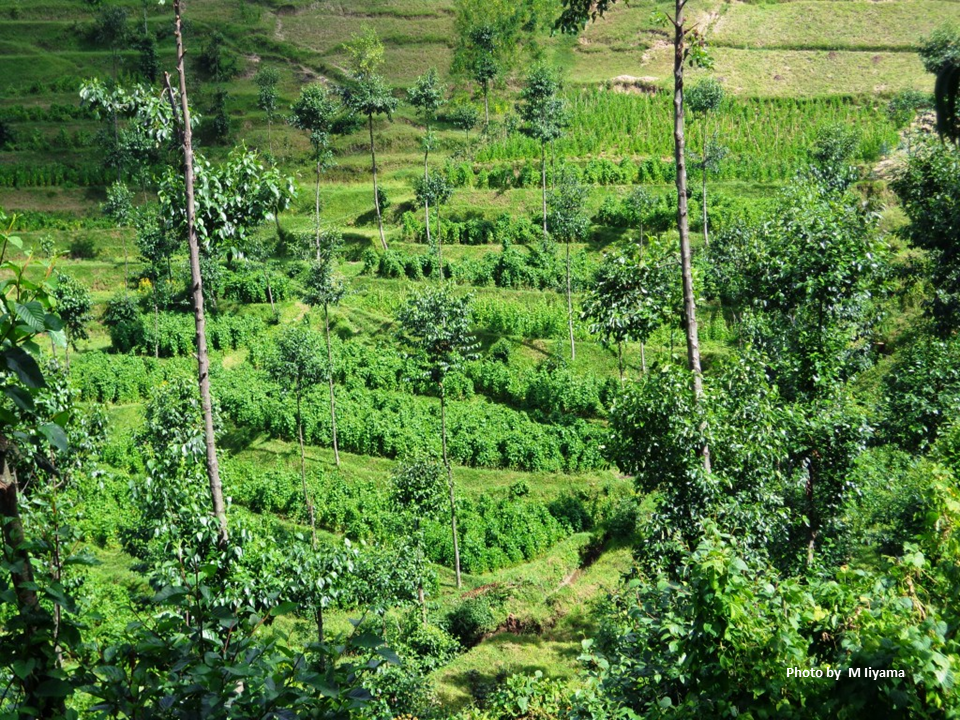Pick Up
1232. Feasibility of Nature-Based Solutions

1232. Feasibility of Nature-Based Solutions
The food system accounts for more than 30% of global greenhouse gas emissions while generating up to $10 trillion in hidden social and environmental costs. In a business-as-usual scenario, agricultural greenhouse gas emissions are expected to increase by 58%, significantly worsening the impacts on food supply, with the burden falling disproportionately on low-income countries. The challenge of feeding 10 billion people by 2050 requires a shift from maximizing production to prioritizing sustainable production.
Nature-based solutions offer a promising opportunity, especially for vulnerable countries facing the double burden of climate change impacts and food system inefficiencies. A World Bank blog states that while nature-based solutions are expected to provide a pathway for transforming global food systems, there are challenges to their deployment.
Nature-based solutions are broadly defined as "actions to protect, sustainably manage, and restore ecosystems" and include agricultural practices such as agroforestry, biochar, crop diversification, reduced tillage, organic and reduced fertilizer use, water management, and more, which are said to help build resilience through increased agricultural productivity, protection of livelihoods, and environmental conservation.
A recent study found that crop diversification resulted in a win-win situation 63% of the time, while another study found that crop diversification increased crop production by 14% and associated biodiversity by 24%. These studies highlight the pivotal role of nature-based solutions in promoting more sustainable agri-food systems.
However, despite the benefits to agricultural productivity, adoption rates of these practices remain low. The effectiveness of the approach clearly depends on local conditions and the specific agricultural context. For example, carbon sequestration is most effective in soils with high organic matter content, and without these conditions, farmers may face a trade-off between environmental benefits and crop yields. Similarly, agroforestry significantly increases biodiversity, but if not properly managed, it can also reduce crop yields by up to 19%.
Whether farmers will adopt nature-based solutions depends on their economic feasibility. Meta-analyses have shown that nature-based solutions increase farmers' profits by an average of 19%, but the initial costs can be prohibitive. For example, one study found that erosion control measures increased costs by 7%, while reduced tillage increased costs by 62%. Such upfront costs can alter cash flows and discourage farmers from adopting approaches ranging from new planting techniques to introducing cash crops. These risks tend to be particularly high for smallholder farmers in low- and middle-income countries.
Nature-based solutions have the potential to deliver a triple win: reducing emissions, improving food security, and increasing farm profitability. But their technical feasibility and economic viability are highly context-dependent, so developers need to consider how public policies can create the right incentives and conditions to encourage adoption.
Contributor: Miyuki Iiyama, Information Program
